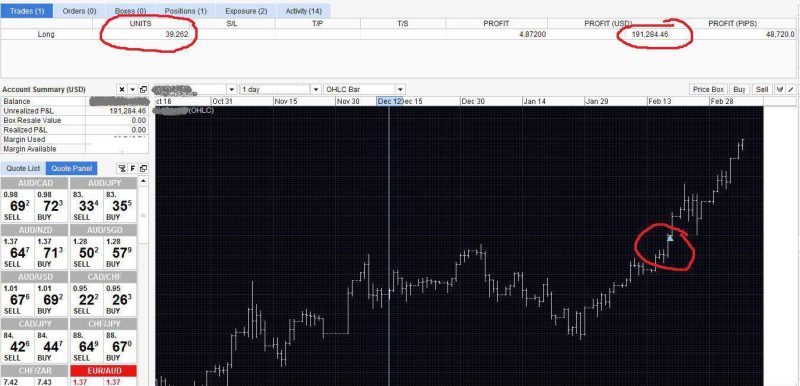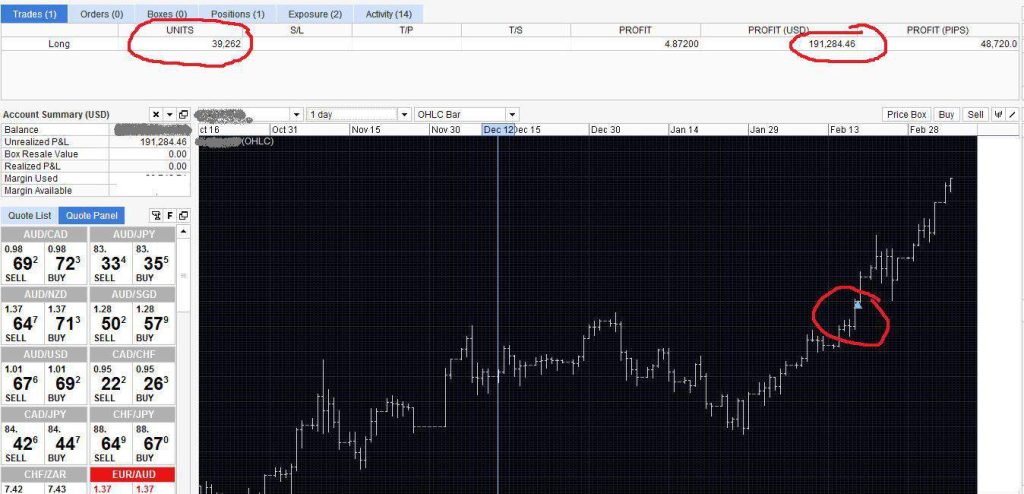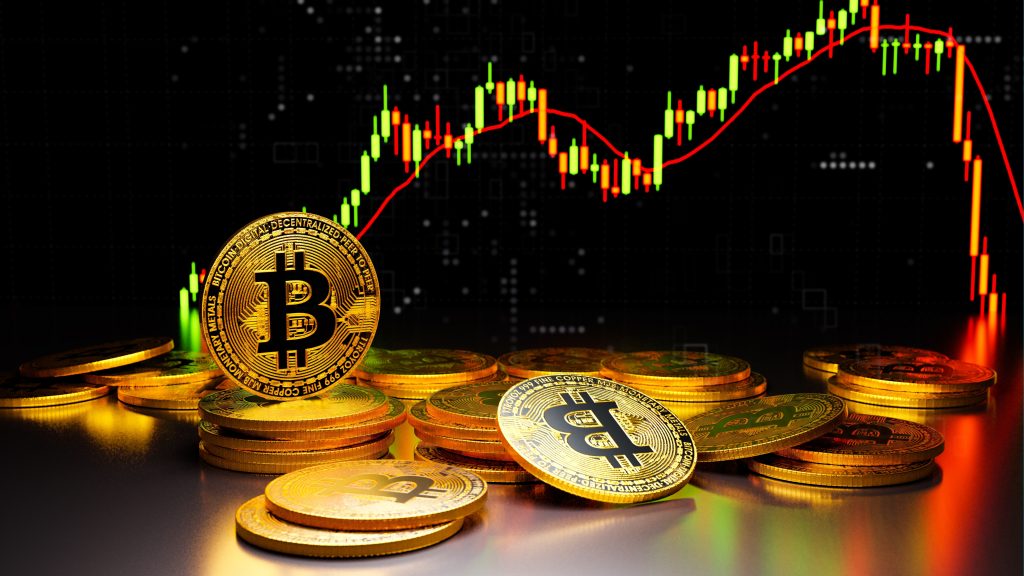The U.S. dollar is facing its most significant decline in months, and traders are feeling the ripple effects. The catalyst? A recent inflation report showing barely any change in consumer prices, combined with mounting speculation that the Federal Reserve will announce a rate cut in September . Investors are now pricing in a 98% chance of a rate reduction, and that’s sending the dollar spiraling lower.
On top of that, the ongoing tensions between President Trump and the Federal Reserve, with Trump even considering legal action against Fed Chairman Jerome Powell, are further eroding investor confidence in the dollar. As the greenback weakens, other currencies like the euro and yen are on the rise, while U.S. Treasury yields are taking a dive.
So, what should traders do in light of this rapid market shift? Here are 7 crucial steps every trader should consider to protect their positions and potentially profit from the dollar’s downturn.

1. Reassess Your Dollar-Based Positions
The first thing you need to do as a trader is take a step back and reassess your exposure to the U.S. dollar. With the Fed expected to lower rates next month, the dollar is under significant pressure. If you’re heavily invested in dollar-denominated assets, now is the time to diversify.
Inflation data showed consumer prices in the U.S. remained flat in July, signaling that the economy might not be as hot as expected. Combine that with the looming rate cut, and it becomes clear that holding onto dollar-based assets could lead to losses in the near future.
Consider reallocating your portfolio into non-dollar assets or currencies that are likely to gain strength if the dollar continues its downward trend. The euro and yen are already seeing gains, and they could be your hedge against the dollar’s weakening.
2. Hedge Against Dollar Decline with Currency Pairs
One of the best ways to protect yourself from the dollar’s decline is by trading currency pairs. As the market prices in a Fed rate cut, expect continued volatility. If you're looking to profit from the dollar’s fall, look no further than pairs like EUR/USD and USD/JPY.
As of now, the euro has gained nearly 0.5% against the dollar, and with the Fed expected to ease, it’s poised to continue rising. The yen is also benefiting from the dollar’s weakness, so now could be a great time to go long on EUR/USD or short on USD/JPY.
If you believe the Fed will indeed cut rates in September, these pairs could provide excellent opportunities to capitalize on the dollar’s continued slide.
3. Keep Your Eyes on the Fed as Rate Cuts Are Almost a Certainty
The Federal Reserve’s September meeting is shaping up to be a pivotal moment for traders. With markets already pricing in a 98% chance of a rate cut, the dollar’s fate is largely in the hands of Jerome Powell and his team.
As a trader, staying updated on Fed commentary and economic indicators is critical. Any shifts in sentiment or new economic data could quickly change market expectations. If the Fed surprises with a no-rate cut decision, the dollar could strengthen. But, if they signal further easing, prepare for the dollar to take another hit.
Use the time between now and September to position yourself accordingly. If you’re holding positions in the dollar, monitor the situation closely, and be ready to adjust your strategy.
4. Expect Increased Volatility and Don’t Let the Noise Distract You
The combination of an expected rate cut and political drama surrounding President Trump’s tensions with the Fed means that the dollar is likely to remain volatile. As the dollar weakens, traders can expect wild swings in the forex market. The key here is staying calm and not reacting impulsively.
While the markets may be noisy, stick to your trading strategy and use volatility to your advantage. This could be an excellent time to scalp or engage in short-term day trading, where you capitalize on small price movements in the market.
At the same time, don’t forget about risk management. Volatility can lead to sudden price reversals, so make sure your positions are protected with stop-loss orders.
5. Consider Safe-Haven Assets for Protection
While the dollar weakens, other assets are likely to benefit from the uncertainty. Gold, for example, is typically seen as a safe haven during times of currency instability. As the dollar drops, investors are likely to flock to gold, pushing its price higher.
You should also keep an eye on cryptocurrencies, especially Bitcoin and Ethereum. As seen recently, Ethereum’s quiet breakout is driven by real-world adoption and increased capital confidence. With crypto becoming an increasingly popular alternative to traditional assets, this might be a great time to explore BTC/USD and ETH/USD.
If you're looking for a hedge against the dollar, commodities and digital currencies might offer a safer bet in the coming weeks.
6. Follow Global Geopolitical News Closely
The market isn’t just reacting to inflation and Fed policy; geopolitical developments are playing a major role in shaping the dollar’s trajectory. Recently, Trump’s tensions with Jerome Powell have added further uncertainty, and now there are reports that Trump may take legal action against Powell over Fed management decisions. This uncertainty only adds to the volatility surrounding the dollar.
In addition to domestic political concerns, keep an eye on international trade tensions, particularly with China. Any new trade deals or threats could move markets quickly, impacting currency pairs involving the dollar.
Pro Tip: Subscribe to global financial news feeds and set up alerts for key political updates that could affect the markets. Being informed of potential policy shifts or trade negotiations will help you make better trading decisions.
7. Revise Your Risk Management Strategy
With all the uncertainty surrounding the dollar, it’s more important than ever to revisit your risk management strategy. A weakening currency presents significant risks, especially when volatility spikes.
Here are a few key points to keep in mind:
-
Diversification: Don’t put all your eggs in one basket. Spread your investments across multiple assets, currency pairs, and sectors.
-
Stop-Loss Orders: Always protect your positions with stop-losses. As the market shifts quickly, having an exit strategy in place will help you avoid big losses.
-
Position Sizing: With increased uncertainty, it’s crucial to adjust your position size. You may want to reduce your exposure to any single trade, especially when volatility is high.
A solid risk management plan will ensure you stay protected even as the markets remain turbulent.
Can You Turn the Dollar’s Decline Into Your Next Big Trade?

The U.S. dollar is in a bit of a freefall, and the market is buzzing with speculation about what comes next. With the Fed likely to cut rates soon, coupled with weak inflation data and political uncertainty, the dollar is facing some serious headwinds.
But here’s the good news for you as a trader: this is the perfect time to take advantage. When the dollar weakens, other currencies and assets often get a boost. The euro, yen, gold, and even cryptocurrencies are looking strong right now, and they could offer some great opportunities for your next trade.
As the Fed’s decision approaches, the market is going to get even more volatile, and you don’t want to be caught off guard. Now’s the time to diversify, hedge your bets, and adjust your strategy. By staying proactive and keeping an eye on the key market shifts, you can protect your portfolio and potentially even profit as the dollar continues its decline.
Remember, the dollar’s weakness doesn’t have to be a setback, it can be your chance to make smart moves. So, take action now, stay informed, and position yourself to make the most of the opportunities ahead. The market is waiting for those who are ready.
Also Read: The Ultimate Guide to Change of Character (ChoCh) in Trading

















